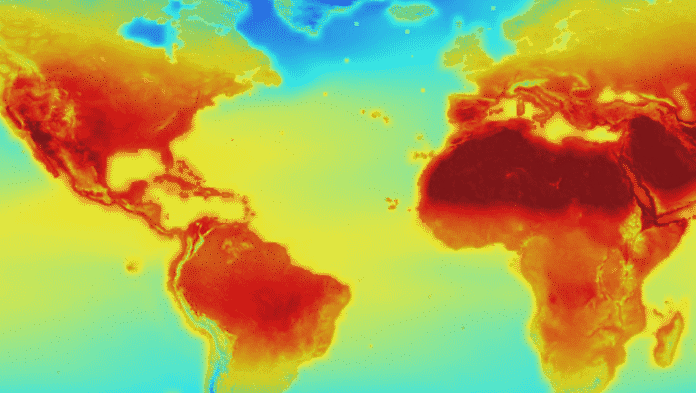As we’ve seen in the past few days world-wide that the climate change is the biggest challenge facing the planet. It will need every solution possible, including technology like artificial intelligence (AI).
The Earth’s soil is under pressure from pollution, population growth, intensive farming, and a host of other land usages. Its structure is not only compromised (one-third of the Earth’s soil has already been degraded), but much of it is dangerously polluted (pesticide poisoning results in three million hospitalizations and 250,000 deaths around the world every year), according to the United Nations.
AI has the power to completely transform agricultural practices to make them safer for the Earth and people’s health. Machine learning combined with robotics can provide automated data collection and decision-making to optimize farming processes. These systems can interact directly with crops to detect and act on the best times to plant, spray, and harvest, decreasing the need for the fertilizers and pesticides polluting the soil. This will make farming not only more efficient, but it will also lead to more organic, earth-friendly crops. Similarly, AI monitoring can help societies protect areas of land larger than just farms; ecosystems and habitats all over the world can benefit as well. AI-enabled drones, for example, are providing new opportunities to observe and protect endangered areas. More effective plant disease detection, poacher route prediction, erosion monitoring, species identification, and animal migration tracking are all a reality with AI, according to a World Economic Forum report.
When it comes to natural disasters such as hurricanes, mudslides, and wildfires, most people first think of safety and the direct impact on homes and other infrastructure. Beyond these immediate damages are long-term effects on the land, such as the destruction of cropland and spreading of existing soil contamination. While no one can prevent these disasters, everyone from local governments to individuals can be better prepared to contain them. As climate science and natural disaster prediction and recovery become more urgent, scientists are discovering the true potential of AI in the field. For example, climate researchers have had the information needed to elevate their understanding of hurricanes for a long time; they just haven’t had the tools to read it. With AI, tech researchers have finally provided the science community with the computing power to crunch the data it’s been stocking for decades. This vast collection of data has served as the perfect training set for machine learning to make sense of it all and increase the performance of climate modeling.
Air
AI can also provide the tools to better monitor pollution and identify sources of air quality issues faster and more accurately. In the case of a gas leak, for example, smart sensors equipped with machine learning and self-organizing mesh network technology allow for more targeted remediation. Governments, organizations, and homeowners can not only deal with air contamination problems sooner and more efficiently, but also achieve a greater understanding of them in order to implement more effective preventative measures.
In addition to monitoring problems in the air, AI can also reduce the harmful emissions pumped into it in the first place. This is especially urgent because air pollution is already a dangerous global crisis — 91 percent of the world population lives in places that fail to meet World Health Organization (WHO) air quality guidelines. And while it may be easy to think of the consequences of this as a distant problem, it’s already killing seven million people globally each year.
By: Dr. Jassim Haji

